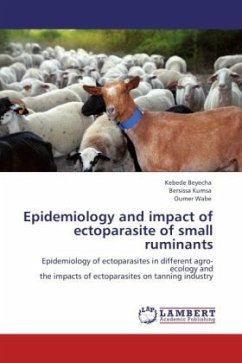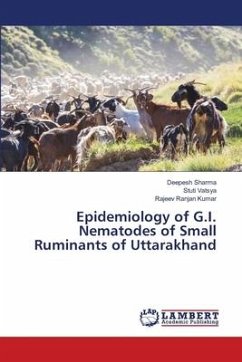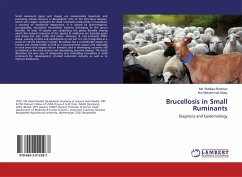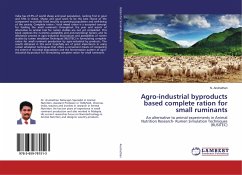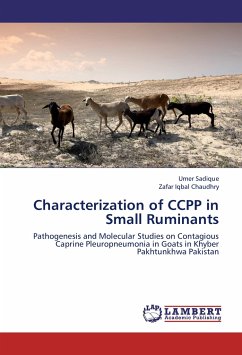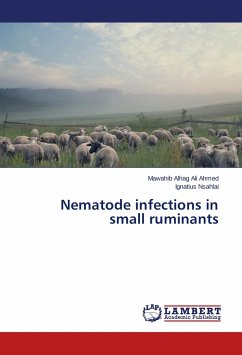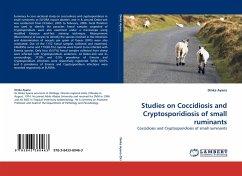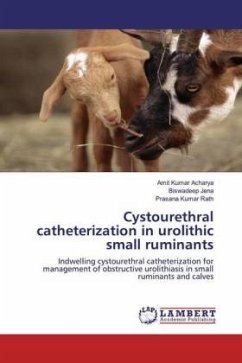A sample of 1325 sheep and 979 goats from three selected agro-ecologies and 1432 skins from two tanneries were taken to conduct a cross-sectional study from October to April to determine the prevalence of ectoparasites in sheep and goats, investigating the effect of risk factors on prevalence distribution and assessing the pickled and wet blue skin defects. The results of examination indicated that 48.1% sheep and 49.7% goats were infested. The prevalence of ectoparasites in lowlands, midlands and highlands were, respectively 38.5%, 47.3% and 52.9% in sheep and 49.5%, 564.5% and 33.0% in goats. Statistically significant difference (p 0.05) was observed in prevalence of D. ovis among agro-ecologies (highland 36.6%, midland 20.9% and lowland 14.0%) and M. ovinus between midland 1.9% and highlands 31.7%. The risk of tick infestation of sheep in lowland and midland was 9.883 times and 13.988 times, respectively higher than highlands.716 pickled sheep skins and 716 wet blue goat skins showed cockle was the second dominant defect both on pickled skins 60.2% and wet blue skins 45.1%. The overall findings of the study indicate the need of strategic ectoparasites control program.
